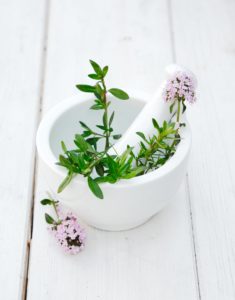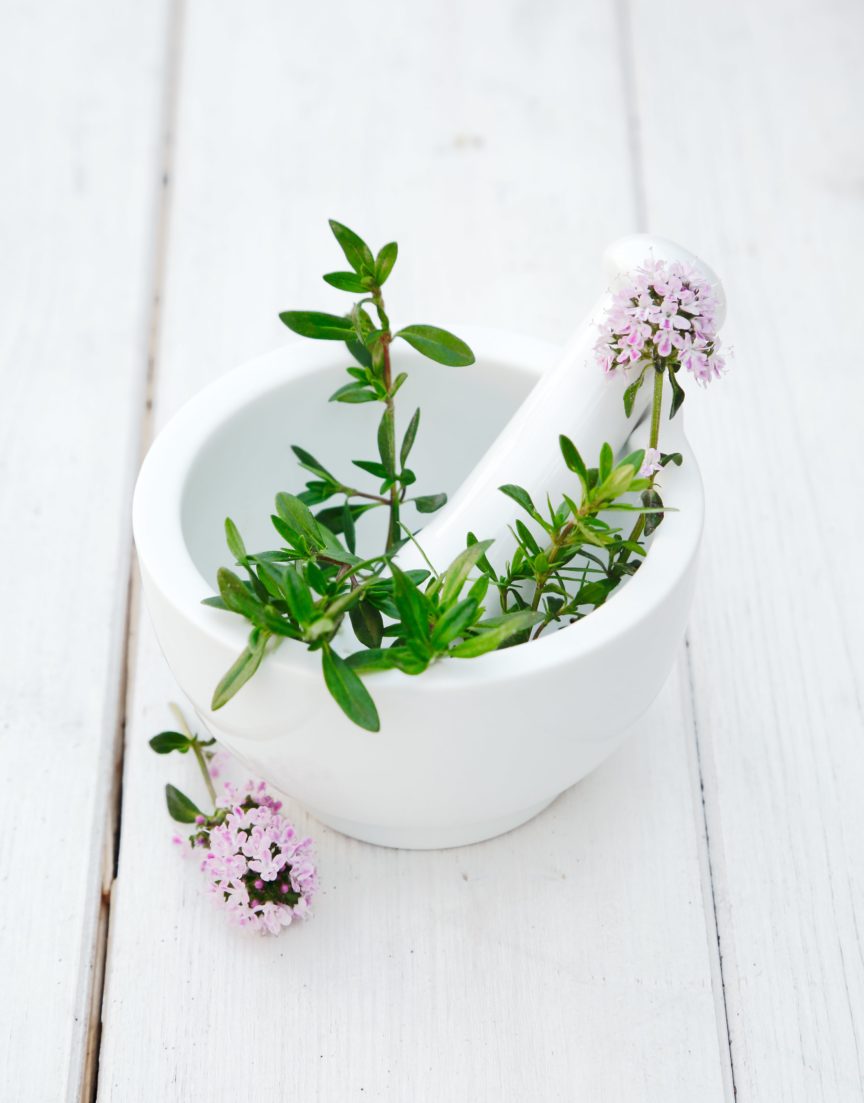 The common cold is a viral infection of the upper respiratory tract and can affect the nose, throat, larynx and sinuses. There are over 200 different viruses; the most common culprits are the rhinovirus, coronavirus and RSV (respiratory syncytial virus). Colds are generally self-limiting and will clear up within 2 weeks but people often want support in managing symptoms such as coughing, sore throat, runny nose, sneezing, headache, or a fever. A number of herbs can be used to help manage these symptoms.
The common cold is a viral infection of the upper respiratory tract and can affect the nose, throat, larynx and sinuses. There are over 200 different viruses; the most common culprits are the rhinovirus, coronavirus and RSV (respiratory syncytial virus). Colds are generally self-limiting and will clear up within 2 weeks but people often want support in managing symptoms such as coughing, sore throat, runny nose, sneezing, headache, or a fever. A number of herbs can be used to help manage these symptoms.
Echinacea (Echinacea angustifolia) is one of the most commonly used herbs and with good reason: a meta-analysis of 14 studies, evaluating the effect of Echinacea on the incidence and duration of the common cold, found that Echinacea decreased the chances of developing a cold by 58% and reduced the duration of the cold by 1.4 days NOTE 1. Echinacea is well known now in Europe and is grown as an ornamental garden plant but its medicinal use started with Native Americans hundreds of years ago where it was used for pain relief, wound healing, and as an antidote against various poisons as well as managing cold symptoms.
Elderflower (Sambucus nigra) has wide culinary use in cordials, wines and desserts but its medicinal use is for relieving cold symptoms including catarrh and fevers. It is also used for hay fever due to its anti-catarrhal action. The flowers, berries and leaves are all used and research on the berries found that its constituents can impede the replication of certain viruses in the body. The same study also showed that it can reduce the duration of influenza viruses by up to 4 days NOTE 2. Elderberry also has immune-modulating activity; it supports the body’s innate defence mechanism by increasing the production of cytokines which encourage the movement of immune cells towards sites of infection and inflammation NOTE 3.
Thyme (Thymus vulgaris) has been traditionally used for respiratory system conditions including coughs. It has been approved by German Commission E (scientific advisory board) for use in bronchitis. Like other members of the mint family, it is rich in essential oils, particularly thymol, which has an expectorant action, expelling mucus from the lungs and relieving congestion NOTE 4. It often appears in in cough syrups, sometimes accompanied by licorice which is traditionally used for its anti-tussive and demulcent action which soothes mucous membranes and eases coughs.
 Andrographis (Andrographis paniculata) is widely used in China, India, Thailand, and Malaysia, for treating sore throat, flu, and upper respiratory tract infections. It is also used in Scandinavian countries prophylactically and for symptomatic relief of upper respiratory infections. Studies show a significant reduction in symptoms such as sore throat, tiredness, muscular aches and malaise compared to a placebo. The duration and severity of the infection was also reduced NOTE 5
Andrographis (Andrographis paniculata) is widely used in China, India, Thailand, and Malaysia, for treating sore throat, flu, and upper respiratory tract infections. It is also used in Scandinavian countries prophylactically and for symptomatic relief of upper respiratory infections. Studies show a significant reduction in symptoms such as sore throat, tiredness, muscular aches and malaise compared to a placebo. The duration and severity of the infection was also reduced NOTE 5
Garlic (Allium sativum) contains a number of anti-viral compounds which are readily released from the lungs and respiratory tract, hence its particular affinity for coughs and colds. Its sulphur compounds, most notably allicin, have been well studied and fresh garlic has been shown to kill rhinovirus type 2, one of the viruses responsible for the common cold. Allicin begins to break down as soon as it is chopped or crushed and is partially destroyed by heat, so fresh garlic is better than some commercial products.
Not all herbs are suitable in pregnancy, lactation or with other drugs. Please seek the expert advice of a medical herbalist before use.
Medical herbalists tailor herbal prescriptions and diet and lifestyle advice, to meet the needs of individuals. When using herbs, the NIMH recommends seeking the advice of a qualified medical herbalist. Your nearest NIMH herbalist can be found here: http://bit.ly/20bHZec
The National Institute of Medical Herbalists is the UK’s leading professional body representing herbal medicine practitioners. http://www.nimh.org.uk/
Food features and recipes like this appear in the Desang Diabetes Magazine, our free-to-receive digital journal. We cover diabetes news, diabetes ‘kit’ and information on food suitable for maintaining good blood glucose control or a diabetic diet, including a regular Making Carbs Count column. It’s free! Go to the top of this page to sign up – we just need your email address. See current and past issues at
www.desang-magazine.co.uk
Open publication

